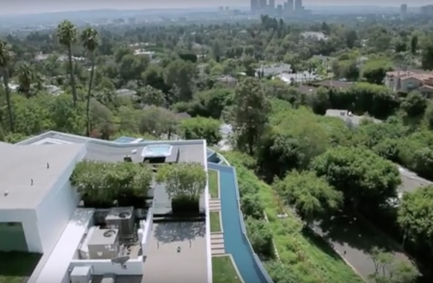Residential HVAC: Using New Tech
People naturally tend to focus on the visual beauty, symmetry, and textural elements of a home’s design, and clients of course are also interested in space sizes, usability, ease of movement, and other practical elements of their daily lives in the house. At Whipple Russell Architects we are always on the lookout for products and methods which improve the performance of a house, but which we’d rather nobody see – namely heating and air conditioning. In our Laurel Way house - no one can see them except drones.
New technology has made these usually large and (let’s face it) unbeautiful units both better able to keep your home comfortable using less energy, as well as a bit easier for us to keep out of sight. We are finding the Mitsubishi Electric VRF (variable refrigerant flow) two-pipe design technology is working well in our larger projects. It allows for simultaneous cooling and heating throughout a building, without the need for a third refrigerant pipe. Installation is simplified, and space is saved, as some applications require no ductwork.
Because VRFs use refrigerant as the cooling and heating medium not only can energy be saved heating only the areas in use, but a room full of party guests can also be cooled, and a baby’s room heated at the same time. These systems are also much quieter, with levels as low as 58 dB(A).
Some of the virtues of a house are the intangibles, which bring feelings of openness and interconnectedness with the outside. We would add the embrace of a warm house on a cold day, and a cool refuge from summer’s heat.

